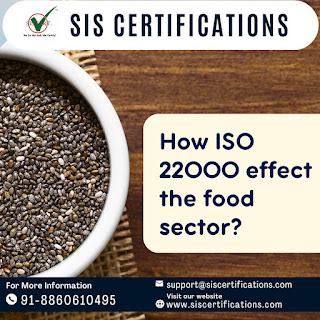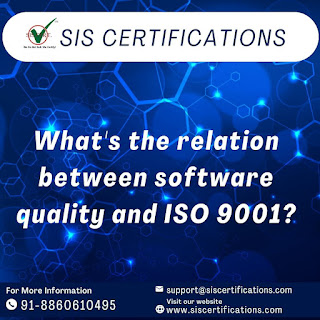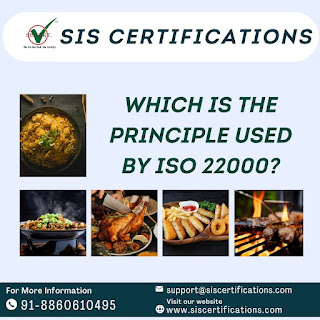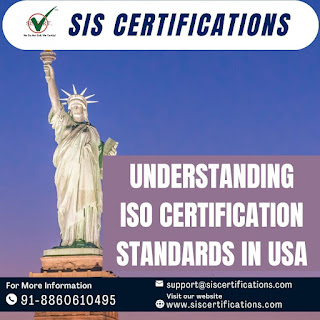What's the relation between software quality management system and ISO 9001 certification?

ISO 9001 is a widely recognized international standard for quality management systems (QMS), and it can have a significant impact on software quality when applied to software development processes. Here's the relationship between software quality and ISO 9001. Process Standardization : ISO 9001 requires organizations to document and standardize their processes. In software development, this means defining consistent processes for requirements gathering, design, coding, testing, and maintenance. Standardized processes can lead to more consistent and reliable software quality. Quality Planning : ISO 9001 emphasizes the importance of quality planning. Software projects must plan for quality by setting quality objectives, defining quality criteria, and ensuring that quality requirements are met throughout the software development lifecycle. This can result in software that meets or exceeds customer expectations. Risk Management : ISO 9001 requires organizations to identify and ma...





